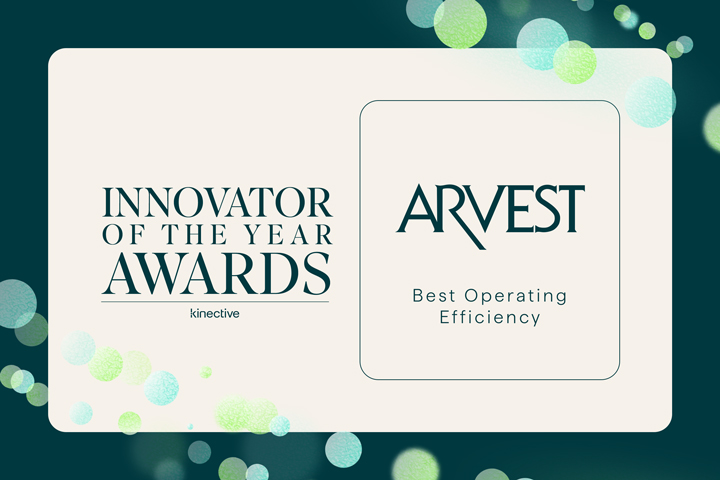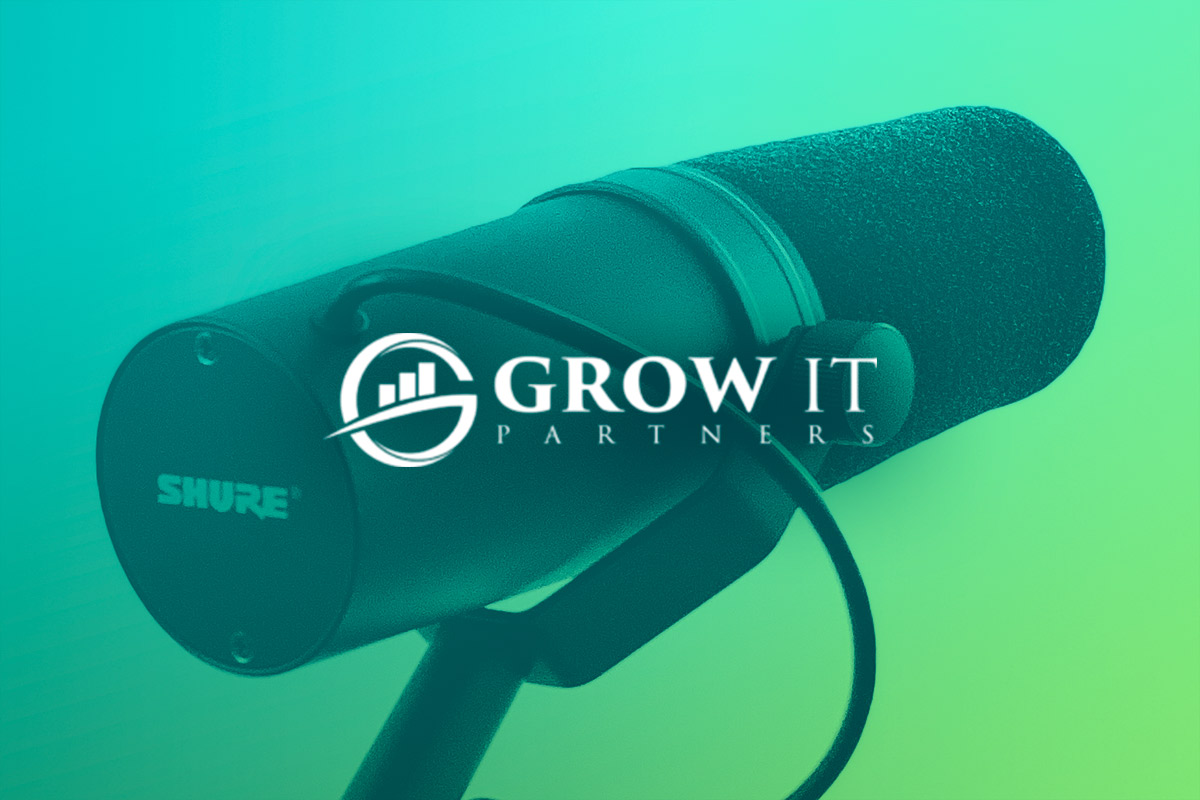This interview is part of our Innovator of the Year series— highlighting the most innovative in banking. Meet the rest of the winners here.
Today, we’re sharing the story of Arvest Bank who won the award for Best Operating Efficiency, part of Kinective’s Innovator of the Year Awards. Recognizing the financial institution that cost-efficiently delivers modern or inventive products and services.
Arvest bank takes incredible care to locate and deploy tech that helps create a better experience for their clients, solves the problem they are facing, and creates ROI to build trust in deploying the next transformative product.
We had the pleasure of interviewing Robyn Breshears, Executive Director at Arvest Bank. She gave us all the details you want to create an actionable plan to find operating efficiencies in your FI. Read or watch her interview below!
Arvest is dedicated to customer-first tech transformation. What does that look like?
It looks like many things, but first, it is all about looking toward our future. Where do we want to be, not just in the next 5-10 years, but in the next 100 years? As you chase technology, you must understand clientpain points, what are they dealing with, and how do we solve them?
We also are looking for methods that are part of our overall strategy. Many institutions are getting off of those on-premises solutions and they are moving more to the cloud. That is nice, but it must be part of your strategy! We are mindful about mitigating gaps and providing the best financial solutions that we can for our clients. For example, adopting a cloud-based banking platform and developing a data platform.
Data is your number one asset, and if you are not protecting it and using it the right way, you have got some work to do there.
In the future we are really looking at AI and machine learning, and really any tools that can continue to be helpful in operating efficiencies and better serving clients.
How have your technology investments improved efficiency to deliver modern products and services?
We aren’t blindly chasing new technology for technology sake— we’re looking at solutions that are really the best business objectives. In October 2022 we launched Thought Machine for our Arvest equipment finance arm, which allows us to move away from on premises for a lot of processes, and it also allows us to scale both locally and nationally. This helps us be more engaged with our vendors, where we serve equipment, finance needs, you name it.
What are some traditional operational barriers that you have had to overcome?
You know, about 70% of transformation fails because we have lack of engagement, insufficient investment, we’ve missed a new tool, or we’ve missed our main objective.
So knowing where it can fail, we have to make sure that everyone has a clear understanding of the goal, and what their role is to make it successful.
You also need to be able to look at where things used to be with how you used to do things, and gauge their success rate against how things are going with the “new way” to see if we are really achieving those goals. We have been using the ADKAR tool to help us make internal decisions, here’s how that works:
Awareness. Are we aware of what we are doing, and have we socialized that enough so that everybody can see and understand what’s coming?
Desire. Are we creating a desire from leadership on down to make the change?
Knowledge. Do we have knowledge to know what we need to be doing?
Ability. Can we do what we know we are supposed to be doing?
Reinforce. Can we reinforce what we’re trying to accomplish?
Going back to the equipment finance example, we measured how long it took to get a loan through the process side, and asked ourselves if we could do it faster through Thought Machine. Ultimately, we determined it could, which is how we made our decision.
What advice would you give to other financial institutions seeking to innovate?
Banking has always been a competitive environment, and with all of this rapid technology advancements and rising client expectations, we have to be willing to invest in digital tools. A few things to keep in mind:
- Now more than ever, you have to meet clients where and when they want to be met and how they want to be met. You really have to evaluate how you can meet clients where they want to be met.
- Look at investing in resources that identify and solve problems that could make your FI stand out
- Stop looking at these new technologies and fintechs as competitors, and as more of a partnership opportunity. Ask yourself how you could partner together to move faster and smarter than a lot of other FIs out there.
- Be selective with the fintechs you work with. These companies can come and go, so ask enough questions to discern whether they can be a long-term partner and can support you in the ways that best benefit you and your client.
______________________________________________________________________________
What are the Innovator of the year awards?
These awards are designed to recognize the technology innovations that these institutions and fintechs have achieved throughout the past year. The awards are divided into six categories: Best Operating Efficiency, Best Experience, Best Connectivity, Technology Trailblazer, Freshest Fintech, and Digital Driver.









